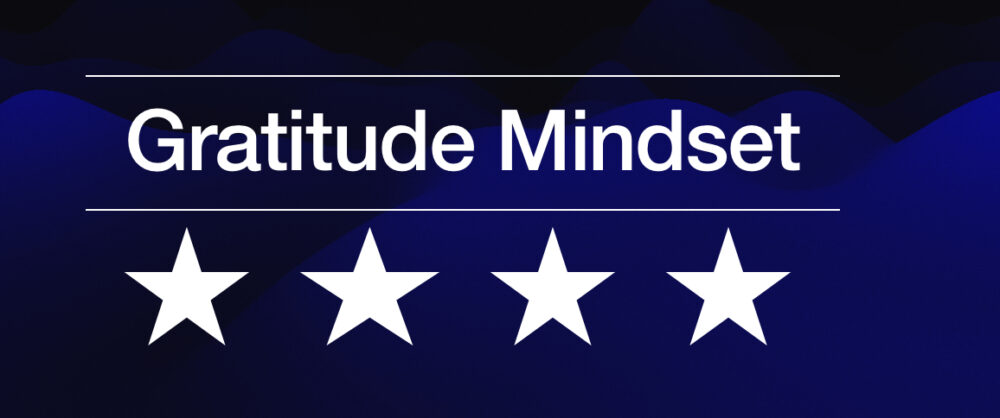“Mitochondria are the “energy factory” of our body and produce 90% of the energy our body needs to function.” ~ Cleveland Clinic
Mitochondria are the “energy factory” of our body and are essential organelles that play a crucial role in energy production, cell signaling, and metabolism, according to the Cleveland Clinic. Several thousand mitochondria are in nearly every cell in the body. The trillions of cells that comprise our body tissues run on the energy created by mitochondria. Their job is to process oxygen and convert substances from the foods we eat into energy. Mitochondria produce 90% of the energy our body needs to function. And, healthy cells rely on healthy mitochondria. Their optimal function leads to incredible health benefits, and is particularly essential to heart, kidney, eye, brain and muscle function.

According to the Cleveland Clinic, Mitochondrial cytopathies—disorders of the energy-producing organelles of the cells—are an increasingly recognized cause of human illness. They can be caused by inheritable genetic mutations, acquired somatic mutations, exposure to toxins (including some prescription medications), and the aging process itself.
Mitochondrial diseases are chronic (long-term), genetic, often inherited disorders that occur when mitochondria fail to produce enough energy for the body to function properly. (Inherited means the disorder was passed on from parents to children.) Mitochondrial diseases can be present at birth, but can also occur at any age.
Mitochondrial diseases can affect almost any part of the body, including the cells of the brain, nerves, muscles, kidneys, heart, liver, eyes, ears or pancreas.
Mitochondrial dysfunction occurs when the mitochondria don’t work as well as they should due to another disease or condition. Many conditions can lead to secondary mitochondrial dysfunction and affect other diseases, including:
- Alzheimer’s disease.
- Muscular dystrophy.
- Lou Gehrig’s disease.
- Diabetes.
- Cancer.
Aging
Mitochondrial decline is a natural part of aging, and it can also contribute to various age-related diseases and conditions. Our mitochondria are constantly renewed to produce energy and fulfill the vast energy demands of muscle and other tissues. As we get older, mitochondrial renewal declines and dysfunctional mitochondria accumulate in the cells, resulting in significant issues. Age-associated mitochondrial decline leads to a progressive decline in our metabolism, our overall energy levels, our resiliency and our muscle function.
Scientists hypothesize that supplements and lifestyle changes can improve mitochondrial health by increasing the availability of proteins needed for adenosine triphosphate (ATP) production (AMPK activation, PCG-1a, NAD+, SIRT1/3). Here are some ways to help reverse mitochondrial decline:
1) Exercise regularly: Regular exercise can help stimulate mitochondrial biogenesis, the process by which new mitochondria are formed. Aim for at least 30 minutes of moderate-intensity exercise per day. Exercises, including both endurance exercises and resistance/strength training. These are done to increase aerobic fitness, muscle size and strength. Endurance exercises include walking, running, swimming, dancing, cycling and others. Resistance/strength training include exercises such as sit-ups, arm curls, knee extensions, weight lifting and others.
2) Eat a healthy diet: A healthy diet that is rich in whole foods, fruits, vegetables, and healthy fats can help support mitochondrial health. Avoid processed foods, refined sugars, and unhealthy fats.
3) Take supplements: Some supplements, such as Coenzyme Q10 (CoQ10), nicotinamide adenine dinucleotide (NAD+), niacinamide, Pyrroloquinoline quinone, or PQQ, nicotinamide riboside, and alpha-lipoic acid (ALA), can help support mitochondrial function and slow down mitochondrial decline. Coenzyme Q10 (CoQ10) is the best known supplement used in treating mitochondrial cytopathies. Consult with a healthcare professional before taking any supplements.
CoQ10 is a nutrient produced naturally in your body. A powerful antioxidant, it protects your brain, heart and muscles. “CoQ10 is in virtually all cells in the body,” Dietitian Devon Peart, MHSc, BASc, RD, says. “It’s mostly concentrated in the mitochondria, or the ‘powerhouse’ of the cell. That means it’s involved in energy production and powers biochemical reactions.” In addition, CoQ10 has anti-inflammatory properties. Additionally, aging is a factor in your CoQ10 levels. “Like many other things, it’s a natural function of age — your ability to make CoQ10 decreases as you get older,” Peart says, adding your ability to produce CoQ10 peaks in your 20s.
Niacinamide is a vitamin found in foods and supplements. It forms a major component ofvitamin B3. Niacinamide is the precursor to NAD+ and thus, supplementation is claimed to increase levels of this molecule and improve mitochondrial function. Niacinamide may improve mitochondrial quality of cells by causing dysfunctional mitochondria to fragment (autophagy).
4) Practice intermittent fasting: Intermittent fasting is a dietary approach that involves cycling between periods of fasting and eating. This practice has been shown to improve mitochondrial function and increase lifespan in animal studies. Restricting calories and fasting intermittently decreases energy levels in the body. To compensate, levels of NAD+ increase, which increases the ability of the mitochondria to produce ATP. This results in a subsequent rise in ATP levels due to improved mitochondrial function.
5) Manage stress: Chronic stress can contribute to mitochondrial dysfunction, so it’s essential to manage stress through practices like meditation, deep breathing, or yoga.
6) Get enough sleep: Lack of sleep can disrupt mitochondrial function and contribute to mitochondrial decline. Aim for 7-9 hours of sleep per night.
Remember that mitochondrial decline is a natural part of aging, and it cannot be entirely reversed. However, you can slow down the decline and improve mitochondrial function by making lifestyle changes that support overall health and well-being.
Aging is associated with the accumulation of damaged mitochondria, which may be due to a decline in mitochondrial turnover. There have been a number of computational models that have investigated this phenomenon.
— Journal of Aging Science (@Agingscience22) March 25, 2022
Consult with a healthcare professional before making any significant changes to your diet or exercise routine.
References:
- https://my.clevelandclinic.org/health/diseases/15612-mitochondrial-diseases
- https://foodtrients.com/anti-aging/three-step-strategy-to-reverse-mitochondrial-aging/
- https://www.timelinenutrition.com/science
- https://health.clevelandclinic.org/what-is-coq10/
- https://health.selfdecode.com/blog/natural-ways-to-improve-mitochondrial-function/
